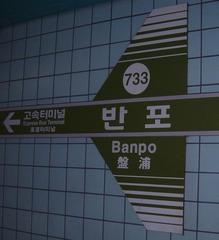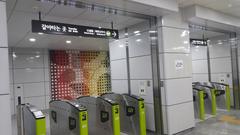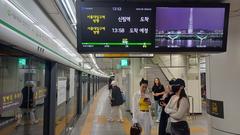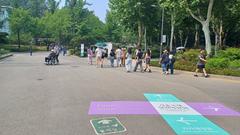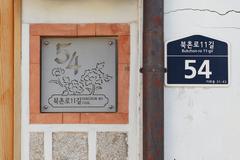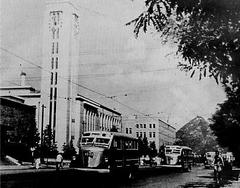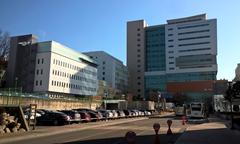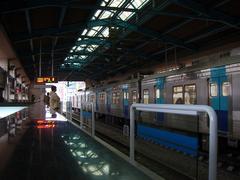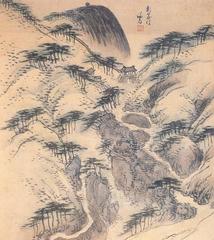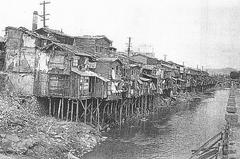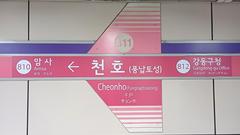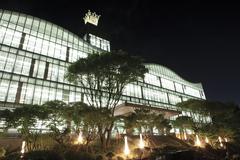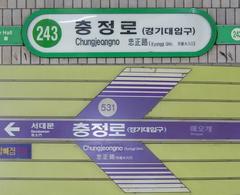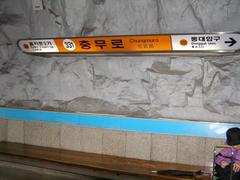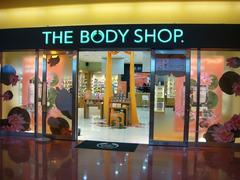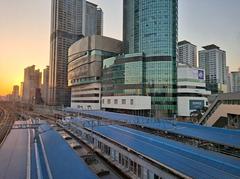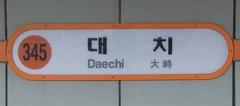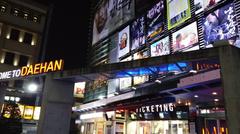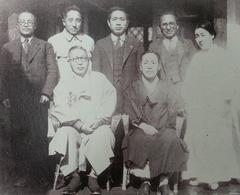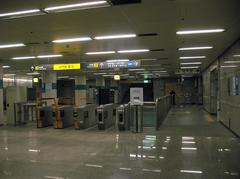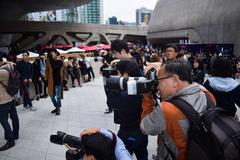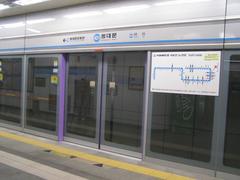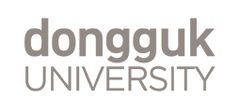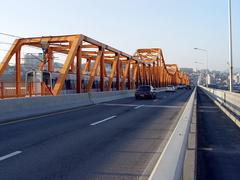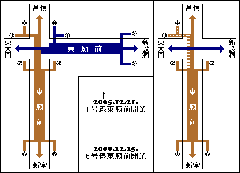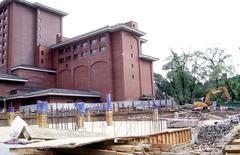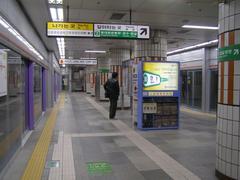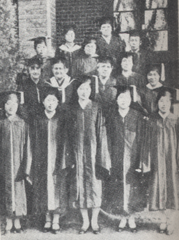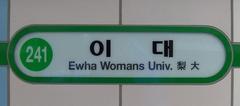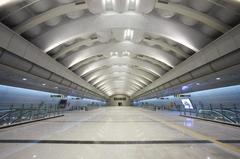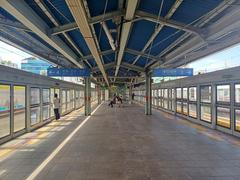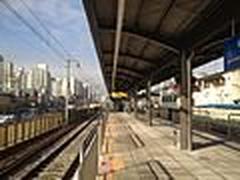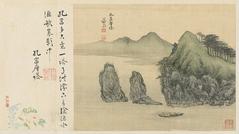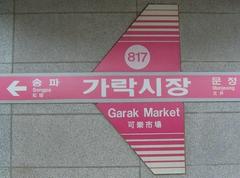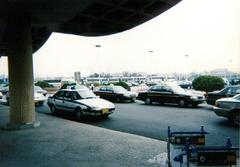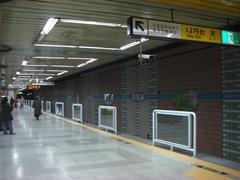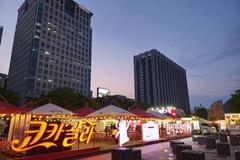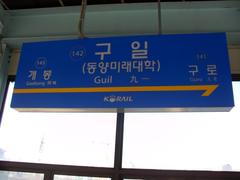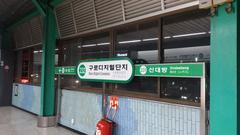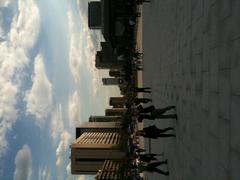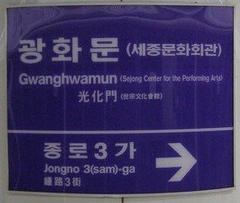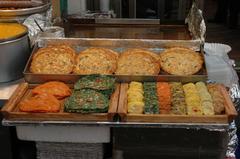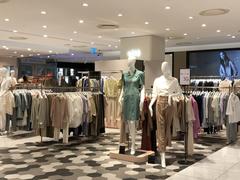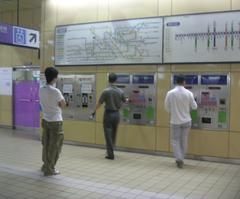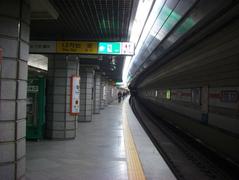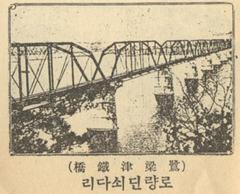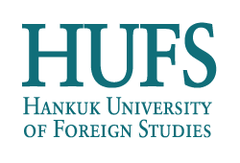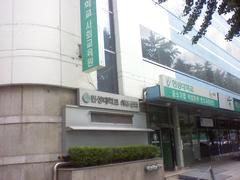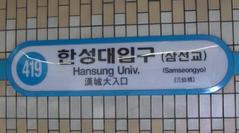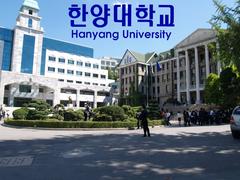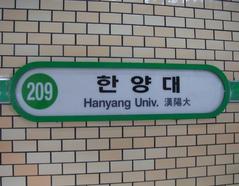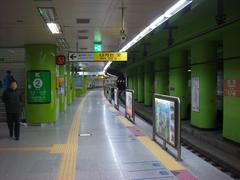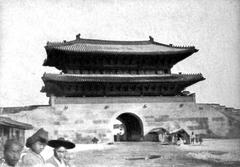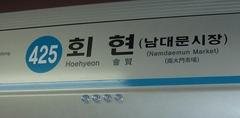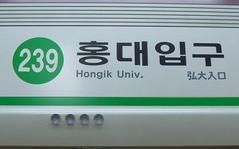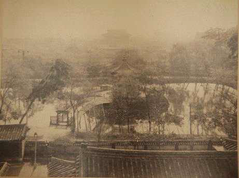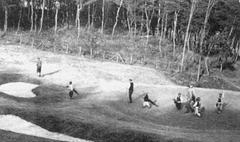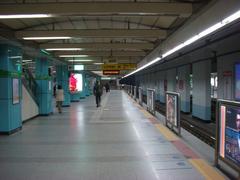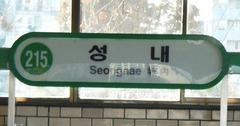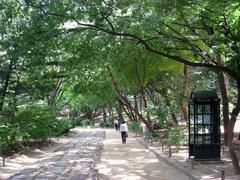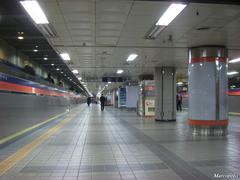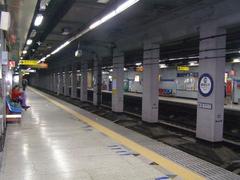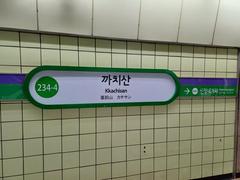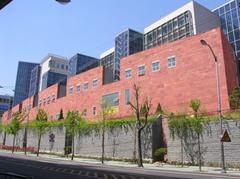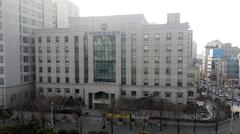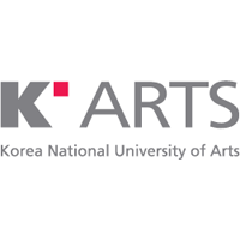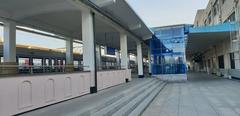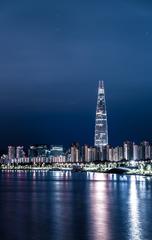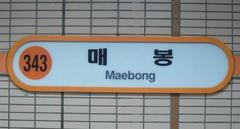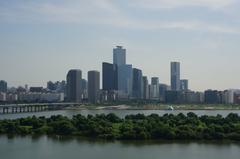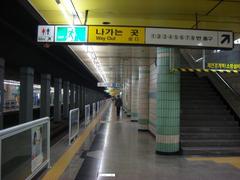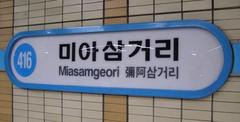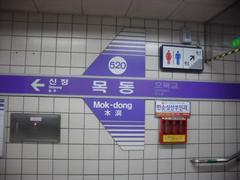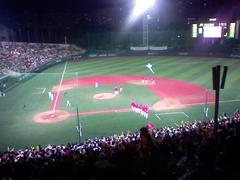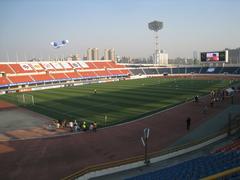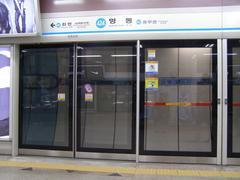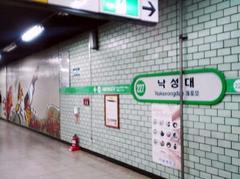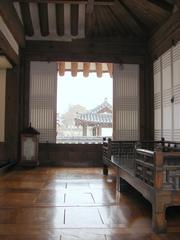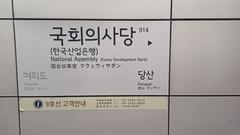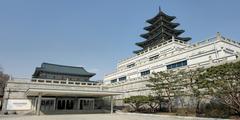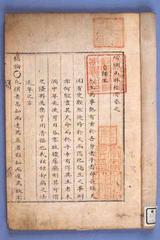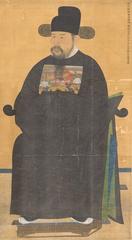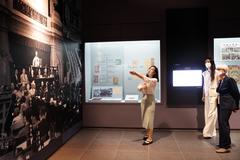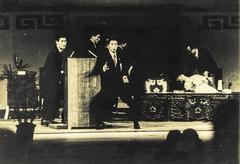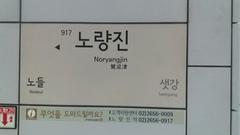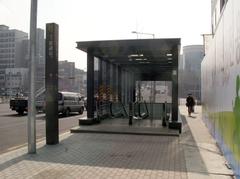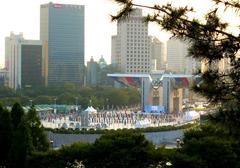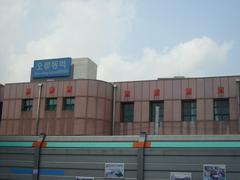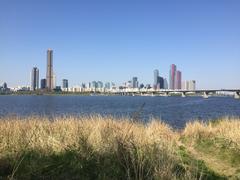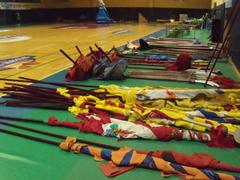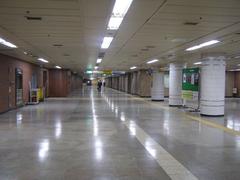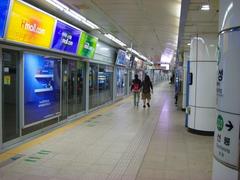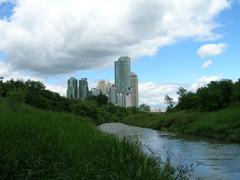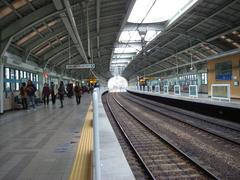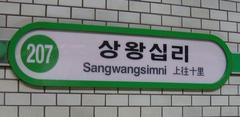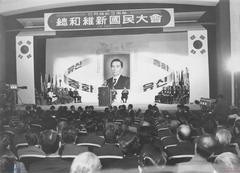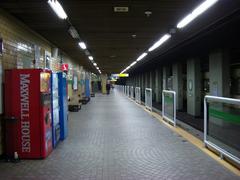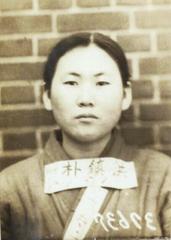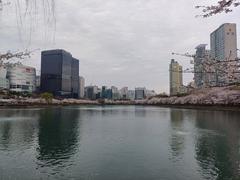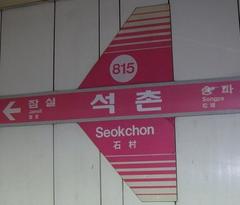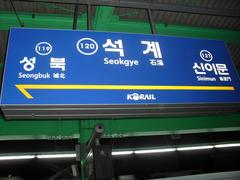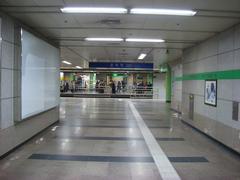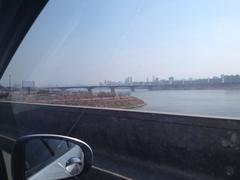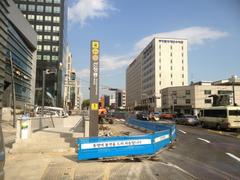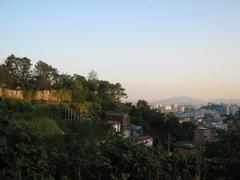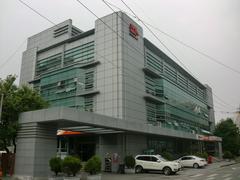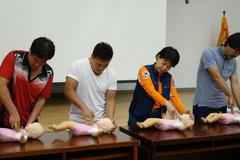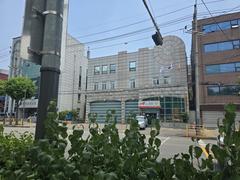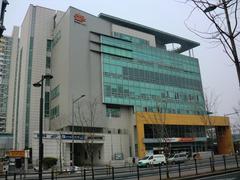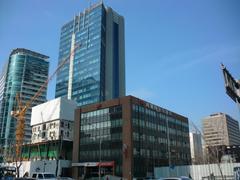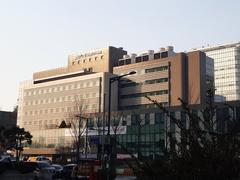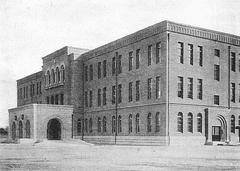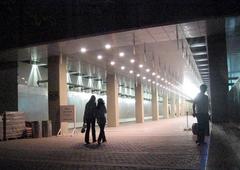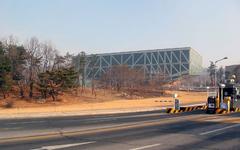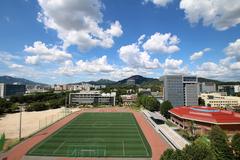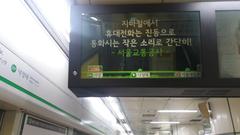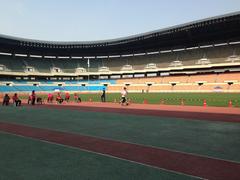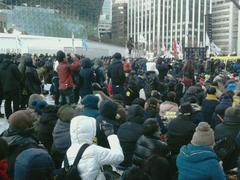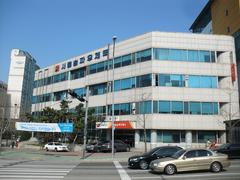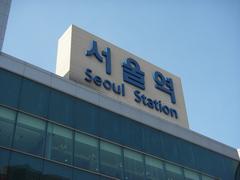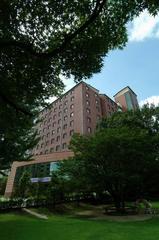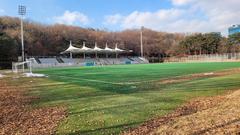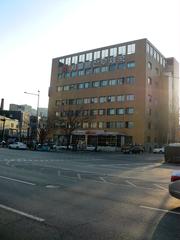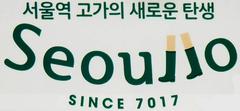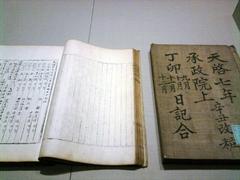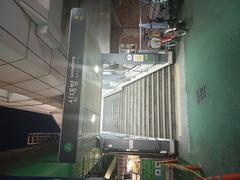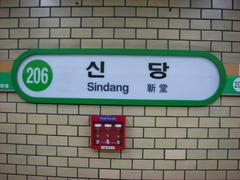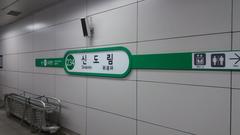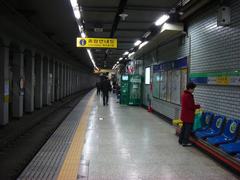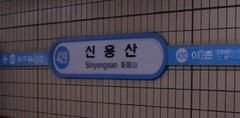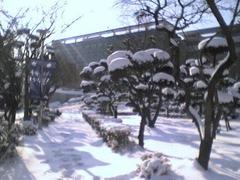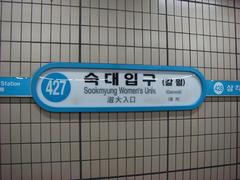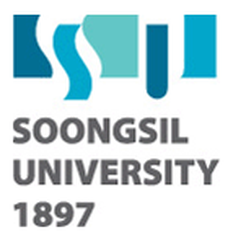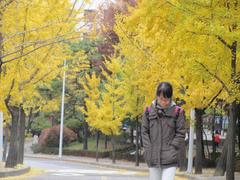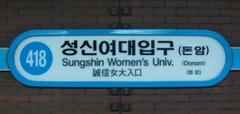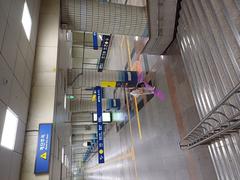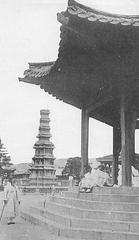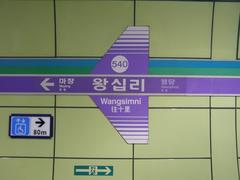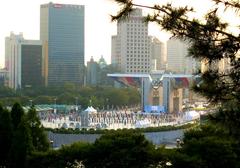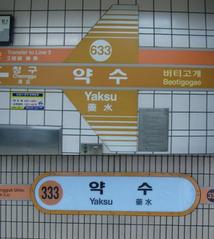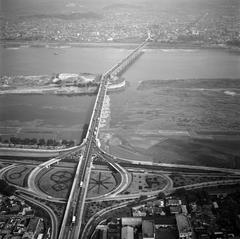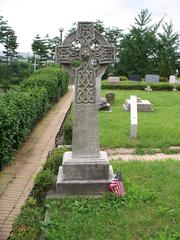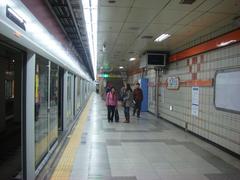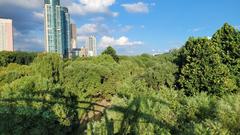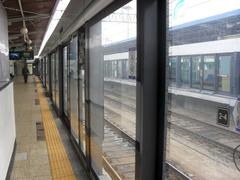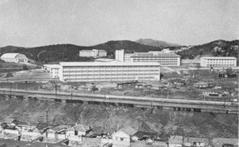Exploring the Heart of Seoul: Comprehensive Guide to Naksan 4-gil
Date: 18/07/2024
Introduction
Nestled in the heart of Seoul, 낙산4길 (Naksan-gil 4-gil) presents a vivid tapestry of history, art, and community spirit. This guide delves into the rich historical backdrop surrounding Naksan Mountain and Ihwa-dong neighborhood, alongside the area’s transformation into an artistic haven. Originating from the broader historical context of Naksan Mountain, which played a crucial defensive role during the Joseon Dynasty, the street has evolved significantly over the years. Following the Korean War, Ihwa-dong became a refuge for low-income families, reflecting the nation’s resilience in the face of adversity. (Visit Korea)
The early 2000s saw a remarkable shift as the Ihwa-dong Mural Village Project breathed new life into the previously neglected neighborhood, turning it into an open-air art gallery. This transformation symbolizes the successful revitalization of the area through art and community collaboration. 낙산4길 now stands as a testament to Seoul’s dynamic ability to embrace both its historical roots and vibrant contemporary art scene. It offers visitors an immersive experience, winding through steep slopes and traditional Korean houses adorned with colorful murals and interactive art installations. (Public Delivery)
Table of Contents
- Introduction
- Historical Background and Significance of 낙산4길 (Naksan-gil 4-gil)
- The Birth of an Outdoor Art Gallery
- Visitor Information
- Travel Tips
- Main Attractions and Points of Interest
- Visitor Information
- Exploring Beyond the Murals
- Frequently Asked Questions (FAQ)
- Conclusion
Historical Background and Significance of 낙산4길 (Naksan-gil 4-gil)
While specific historical records about the small street of 낙산4길 (Naksan-gil 4-gil) are scarce, its story is deeply intertwined with the broader history of 낙산 (Naksan Mountain) and the surrounding 이화동 (Ihwa-dong) neighborhood in Seoul. This area holds a significant place in the city’s narrative, reflecting its resilience and artistic spirit.
Naksan Mountain - A Historical Stage
Naksan Mountain, one of Seoul’s four guardian mountains, has witnessed centuries of history. During the Joseon Dynasty, the mountain served as a strategic point for the city’s defense. Remnants of the Seoul City Wall, built in 1396, still snake along the mountain’s ridgeline, offering a glimpse into the city’s past. (Visit Korea)
Ihwa-dong - From Poverty to Artistic Rebirth
The neighborhood of Ihwa-dong, nestled at the foot of Naksan Mountain, has its own compelling story. After the Korean War, it became a haven for refugees and low-income families. The area faced economic hardship and neglect for decades.
However, in the early 2000s, a remarkable transformation began. In an effort to revitalize the declining neighborhood, artists and local residents collaborated on an urban regeneration project known as the “Ihwa-dong Mural Village Project.” (Public Delivery)
The Birth of an Outdoor Art Gallery
This project breathed new life into Ihwa-dong’s aging houses and alleyways. Vibrant murals, whimsical sculptures, and interactive art installations began to adorn the neighborhood, turning it into an open-air art museum. 낙산4길, with its charming cafes and unique shops, became an integral part of this artistic landscape.
낙산4길 - A Microcosm of Transformation
Walking along 낙산4길 today, visitors experience a captivating blend of history and contemporary art. The street’s steep slopes and winding paths, lined with traditional Korean houses, offer a glimpse into Seoul’s architectural past. At the same time, the colorful murals and quirky art pieces reflect the area’s recent artistic revival.
Significance of 낙산4길
낙산4길 holds significance for several reasons:
- Symbol of Urban Renewal: It stands as a testament to the successful revitalization of a once-struggling neighborhood through art and community engagement.
- Cultural Fusion: The street embodies the harmonious coexistence of Seoul’s rich history and its vibrant contemporary art scene.
- Community Spirit: 낙산4길 reflects the strong sense of community that thrives in Ihwa-dong, where residents and artists continue to collaborate and contribute to the neighborhood’s unique character.
Visitor Information
- Visiting Hours: Naksan-gil 4-gil is open to visitors 24/7, though the best time to visit is during the day when the murals and art installations are clearly visible.
- Tickets: There is no admission fee to explore Naksan-gil 4-gil and the Ihwa Mural Village.
- Accessibility: The area is accessible by foot, but be prepared for steep slopes and uneven paths. Comfortable walking shoes are recommended.
Travel Tips
- Photography Spots: Be sure to bring a camera to capture the colorful murals and unique art installations. The vibrant scenery offers plenty of Instagram-worthy shots.
- Guided Tours: Consider joining a guided tour to learn more about the history and significance of the murals and the neighborhood.
- Nearby Attractions: Don’t miss the Naksan Park, which offers panoramic views of Seoul, and the bustling Daehangno area, known for its theaters and lively street performances.
Main Attractions and Points of Interest
Ihwa Mural Village
Perhaps the most iconic attraction in the area, Ihwa Mural Village is an explosion of color and creativity. This open-air art gallery features hundreds of murals painted by local artists, transforming the once-rundown neighborhood into a vibrant tourist destination.
- History: Ihwa Mural Village was part of a 2006 art project called “Art in City” aimed at revitalizing the aging neighborhood. The project involved over 70 artists who used the houses, walls, and staircases as their canvases.
- Highlights: Wander through the labyrinthine alleys and discover murals depicting everything from whimsical characters and animals to thought-provoking scenes and abstract designs. Don’t miss the iconic “Angel Wings” mural, a popular spot for photos.
- Visiting Hours: Open 24/7 as it’s an open-air gallery.
- Tips: Wear comfortable shoes as you’ll be doing a lot of walking up and down hills. Be mindful of the residents as this is a living neighborhood.
Naksan Park
Perched atop Naksan Mountain, Naksan Park offers panoramic views of Seoul’s skyline, making it a perfect spot to catch the sunset. The park is also home to a section of the Seoul City Wall, a UNESCO World Heritage Site, adding a historical dimension to your visit.
- History: Naksan Mountain was once part of a larger fortification system protecting Seoul. The section of the Seoul City Wall within the park dates back to the Joseon Dynasty.
- Highlights: Take a leisurely stroll along the well-maintained paths, enjoy the scenic views, and explore the historical remnants of the Seoul City Wall. The park also features a traditional Korean pavilion, offering a peaceful respite from the city bustle.
- Visiting Hours: Open daily from 6 AM to 10 PM.
- Tips: The park is easily accessible from Naksan4gil. Consider bringing a picnic basket and enjoying a meal with a view.
Lock Museum
For a unique cultural experience, visit the Lock Museum, a quirky museum dedicated to the history and evolution of locks. This hidden gem showcases a fascinating collection of locks from Korea and around the world, some dating back centuries.
- Highlights: Learn about the different types of locks, their mechanisms, and their cultural significance. The museum also features exhibits on the history of security and the evolution of lock-making techniques.
- Visiting Hours: Open Tuesday to Sunday from 10 AM to 6 PM.
- Tickets: Adults ₩4,000; Children ₩2,000.
- Tips: The museum is small but packed with interesting artifacts. Allow about an hour for your visit.
Local Cafes and Shops
Naksan4gil is dotted with charming cafes and independent shops, offering a glimpse into the local life of the neighborhood. Take a break from sightseeing and enjoy a cup of coffee, browse through unique handcrafted goods, or sample some local delicacies.
- Highlights: Discover hidden cafes tucked away in alleys, each with its own unique ambiance and specialty drinks. Explore shops selling handmade jewelry, ceramics, and other crafts, making for unique souvenirs.
- Tips: Many cafes have limited seating, so be prepared to wait during peak hours. Don’t be afraid to venture off the main path and explore the side streets for hidden gems.
Street Art and Installations
Beyond the murals of Ihwa Mural Village, Naksan4gil is an open canvas for street art and installations. Keep an eye out for colorful murals adorning building facades, whimsical sculptures tucked away in corners, and interactive art pieces that invite participation.
- Highlights: Discover hidden art pieces as you wander through the neighborhood. The ever-changing nature of street art ensures that every visit offers something new to discover.
- Tips: Take your time to appreciate the details and creativity of the art pieces. Don’t hesitate to interact with the art where invited.
Traditional Korean Houses (Hanoks)
While many traditional Korean houses have been replaced by modern buildings, Naksan4gil still retains some of its historic charm. Look out for the traditional hanoks with their distinctive tiled roofs and wooden structures, offering a glimpse into the architectural heritage of the area.
- Highlights: Observe the unique architectural features of hanoks, such as the courtyard design and the use of natural materials. Some hanoks have been converted into guesthouses, offering a chance to experience traditional Korean living.
- Tips: Be respectful when observing or photographing hanoks, as they are often still private residences.
Naksan Traditional Market
For a taste of local life, visit the Naksan Traditional Market, a small but bustling market selling fresh produce, seafood, and everyday goods. This is a great place to experience the sights, sounds, and smells of a traditional Korean market.
- Highlights: Sample local street food, browse through the colorful stalls, and interact with the friendly vendors. The market offers a glimpse into the daily lives of the local community.
- Tips: Bargaining is not common in Korean markets. Be prepared for a crowded and lively atmosphere, especially during peak hours.
Exploring Beyond the Murals
While the murals are undoubtedly a highlight, 낙산4길 offers more than just visual delights. Take the time to engage with the local community, savor the flavors of Korean cuisine, and discover the hidden gems tucked away in this charming village.
Frequently Asked Questions (FAQ)
What are the visiting hours for 낙산4길?
The village is always open, but individual shops and businesses generally operate between 10 AM and 6 PM.
How do I get to 낙산4길?
Take Seoul Subway Line 4 to Hyehwa Station (Exit 2). From there, it’s a short uphill walk to the village entrance.
Is there an entrance fee to visit 낙산4길?
No, there is no entrance fee to explore the village, but some attractions or workshops may have their own ticket prices.
Is 낙산4길 accessible for visitors with mobility issues?
The area includes steep slopes and stairs, which may pose challenges for visitors with mobility issues.
Conclusion
낙산4길 (Naksan-gil 4-gil) is more than just a street; it is a living narrative of Seoul’s evolving identity. From its historical significance as part of Naksan Mountain’s defensive landscape to its recent artistic revival, the area encapsulates the spirit of transformation and community engagement. The collaborative efforts of artists and local residents have not only revitalized the neighborhood but have also created a cultural fusion where history and contemporary art coexist harmoniously. As visitors wander through the winding paths, they are offered a unique perspective on Seoul’s architectural heritage and artistic innovation.
The absence of an entrance fee and the 24/7 availability make it an accessible destination for all, while guided tours and nearby attractions such as Naksan Park and Daehangno enhance the overall experience. Whether capturing Instagram-worthy shots of vibrant murals or appreciating the panoramic views from Naksan Park, 낙산4길 promises a memorable journey through time and art. For those seeking an authentic and enriching exploration of Seoul, 낙산4길 stands as a beacon of the city’s capacity for reinvention and creative expression. (Visit Korea, Public Delivery)
References
- Visit Korea, 2023, KTO (Visit Korea)
- Public Delivery, 2023, Public Delivery (Public Delivery)




